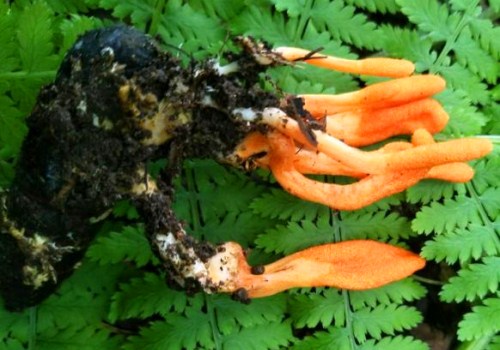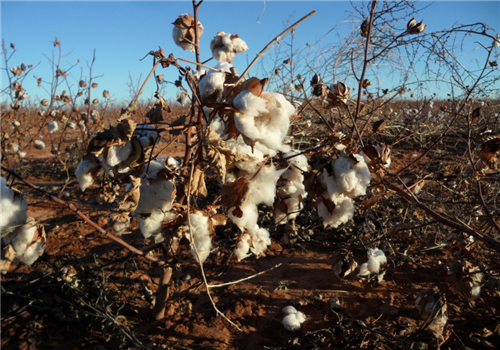What should I do if the leaves of crabapple at home turn yellow and wither? What are the specific breeding methods?
Every year in April and May is the flowering season of Begonia flowers, in China's Hebei, Shandong, Jiangsu, Yunnan and other places are widely cultivated, parks, sidewalks, home courtyards are also planted. What if the begonia leaves at home turn yellow and wither? What are the specific farming methods?

1. What should I do if the begonia leaves at home turn yellow and wither?
Begonia flower leaves wither is caused by a variety of reasons, so to treat it first to understand the causes of withering yellow, the following is easy to sort out some of the causes of Begonia flower wither and the corresponding solutions, there are friends who plant Begonia flowers at home can collect well.
1. Malus flower leaves yellowing and withering caused by improper maintenance: plants and people need to be taken care of, improper maintenance is easy to grow insects against leaves and flowers, resulting in leaf withering yellow and flower death withering.
Solution: Spray fungicides on infested leaves to control further spread and infestation of germs and pests.
2. Too much or too little watering causes the yellowing and withering of begonia leaves: many things are too much, and watering begonia flowers is also the case. If watering is too much, it will cause the soil to be too wet and cause the soil to lack oxygen, the roots to rot, and the leaves to turn yellow and dry or even die. If watering begonia flowers is too little, it will cause the soil to dry and hard, unable to provide nutrients to the plants in time, resulting in yellowing and withering of the leaves.
Solution: If you pour more water but not a lot of water, you can put the flowerpot high, let the excess water flow out of the vent at the bottom of the onion pot, keep the ventilation to dry the soil; if the water is very serious, you can only change the pot for soil. If there is too little watering, water the potted plants in time.
3. Insufficient fertilization leads to yellowing and withering of begonia leaves: some friends neglect management of begonia flowers, insufficient fertilizer nutrients lead to malnutrition of begonia flowers, thus causing yellowing and withering of leaves.
Solution: cut off the branches and leaves of malnutrition, give the foot begonia nutrition, take good care of it slowly recover, remember the correct fertilization method: in the spring and autumn season a week or so fertilizer summer and winter season can not be fertilized, but to water properly.
4. Insufficient light or sun exposure leads to yellowing and withering of begonia leaves: the growth of plants requires photosynthesis, but do not be too exposed.
Solution: if the light is not enough, move the begonia flower to the sun. In spring and autumn, the sun can be exposed normally. In summer, if the sun is too strong, pay attention to shade.
5. Poor ventilation plant hypoxia leads to yellow and withered leaves of Begonia flowers: people will die without oxygen, plants are the same, poor ventilation and lack of oxygen can easily cause yellow and withered leaves and death.
Solution: Put the begonia flower in a ventilated environment, and don't block the ventilation holes in the flowerpot.
6. Soil alkali partial acid will also cause the yellow withered begonia leaves: the growth of flowers and plants has its own pH, so pay attention to the pH of plants.
II. What are the specific methods of breeding Begonia flowers?
Want to cultivate a pot of good begonia flowers is also to spend a lot of thought, do not think that extensive management of begonia can also grow very well, so the following to sort out how to correctly cultivate begonia flowers.
(1) How to grasp the soil for breeding Begonia flowers?
1. If you want to plant your own potted plants instead of buying them in the market, you should first choose loose and fertile soil, and drainage should be good.
2. The soil can be purchased from the market or online, or it can be made by mixing rotten leaves, river sand and decomposed fertilizer.
(2) How to water Begonia flower cultivation?
1. Begonia flower is a drought-resistant and waterlogged plant, so it is generally possible to keep the soil moist, and of course it cannot be too moist or too dry.
2. Begonia flowers are watered every three or five days in spring; two days in summer; three or five days in autumn; and a longer interval in winter, about ten days and a half.
(3) How to fertilize Begonia flowers?
Non-potted flowering crabapple flowers need organic fertilizer after the annual flowering season in addition to base fertilizer. Potted begonia flowers on the line on the seasonal fertilization (mentioned above how to fertilize).
(4) How to trim the Begonia flower?
Begonia flower pruning should be carried out at different times, which can help Begonia flowers grow better.
1. Pruning when flowering crabapple shoots in spring: long sprouts in spring need a lot of nutrients, at this time minus dead branches, sick branches, old and weak branches and other favorable growth.
2. Begonia flower after flowering, about two weeks after the flower withered pruning crowded and prominent branches, to ensure the growth of short branches.
3. Begonia can also be pruned after defoliation, cutting off excess and withered branches, death, pest erosion, etc.
3. What is the flower language and feng shui function of Begonia flower?
1. Begonia flower has symbolized nobility since ancient times, known as "flower in the imperial concubine","flower in the immortal" title, so often used as a metaphor for beauty.
2. Begonia flowers also have the meaning of missing home and parting when the wanderer goes out.
3. Begonia flower language has gentle, beautiful, happy meaning, in addition to begonia also symbolizes bitter love.
4. Begonia flower is a kind of elegant and popular flower, atmosphere and noble, so in feng shui there is the role of rich flowers.
Time: 2019-03-14 Click:
- Prev

What are the efficacy and function taboos of Cordyceps militaris? How to distinguish from Cordyceps sinensis flower and Cordyceps sinensis? How do you eat it?
Cordyceps militaris, also known as Cordyceps militaris, belongs to ergot family, is the combination of worms and grass, the color of pupa is purple, the color of bacteria is orange or orange, the wild is relatively few, and it has been cultivated artificially at present. So, what are the taboos on the efficacy and function of Cordyceps militaris
- Next

* * Cotton acreage accounts for 80% of the country, come and see how they achieve high yield?
The total cotton output has ranked first in the country for more than 20 years in a row. The reporter learned from the Academy of Agricultural Sciences that the planting area of cotton reached more than 37 million mu in 2018, accounting for 80% of the country's cotton planting area.
Related
- Fuxing push coffee new agricultural production and marketing class: lack of small-scale processing plants
- Jujube rice field leisure farm deep ploughing Yilan for five years to create a space for organic food and play
- Nongyu Farm-A trial of organic papaya for brave women with advanced technology
- Four points for attention in the prevention and control of diseases and insect pests of edible fungi
- How to add nutrient solution to Edible Fungi
- Is there any good way to control edible fungus mites?
- Open Inoculation Technology of Edible Fungi
- Is there any clever way to use fertilizer for edible fungus in winter?
- What agents are used to kill the pathogens of edible fungi in the mushroom shed?
- Rapid drying of Edible Fungi

